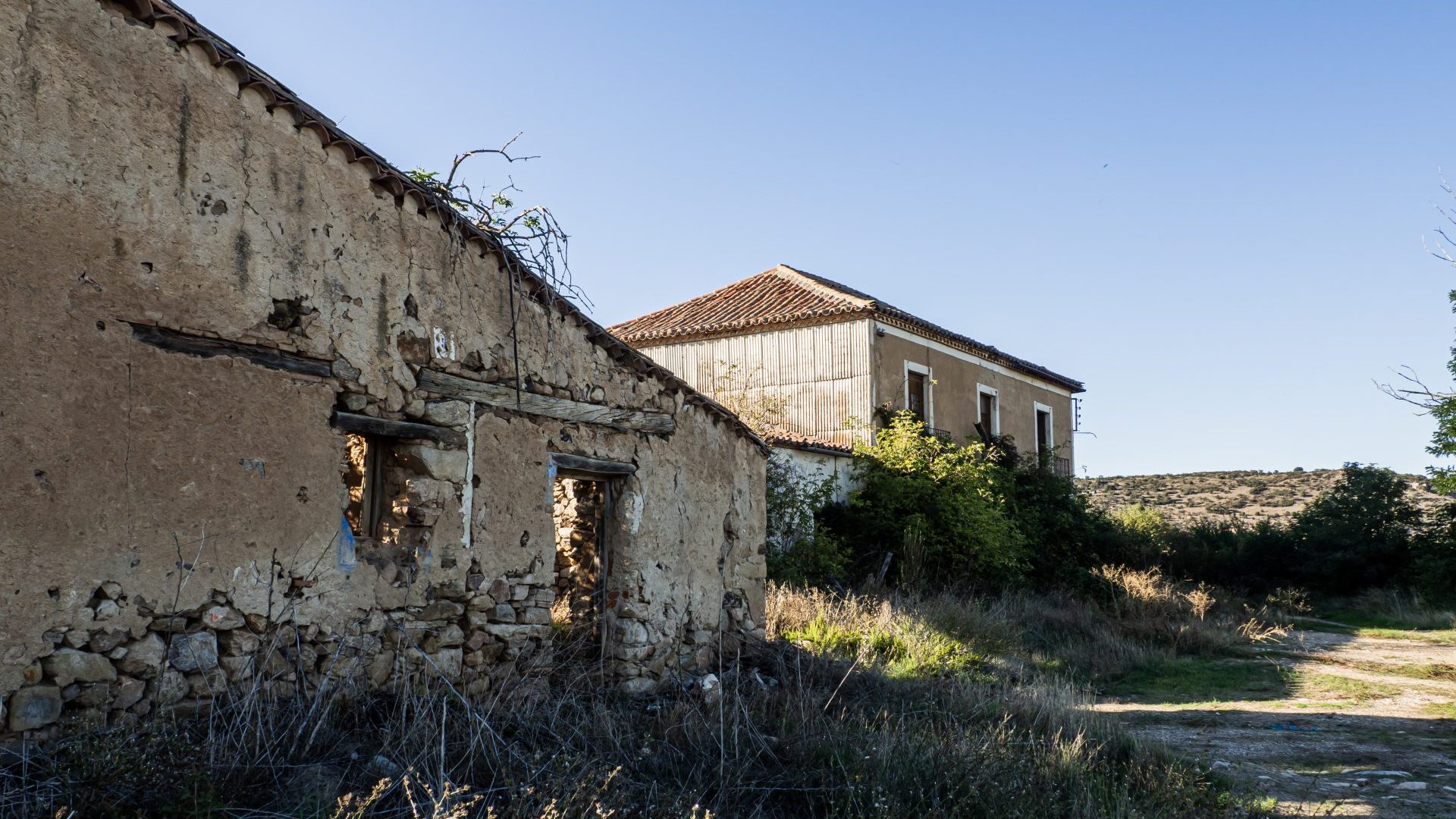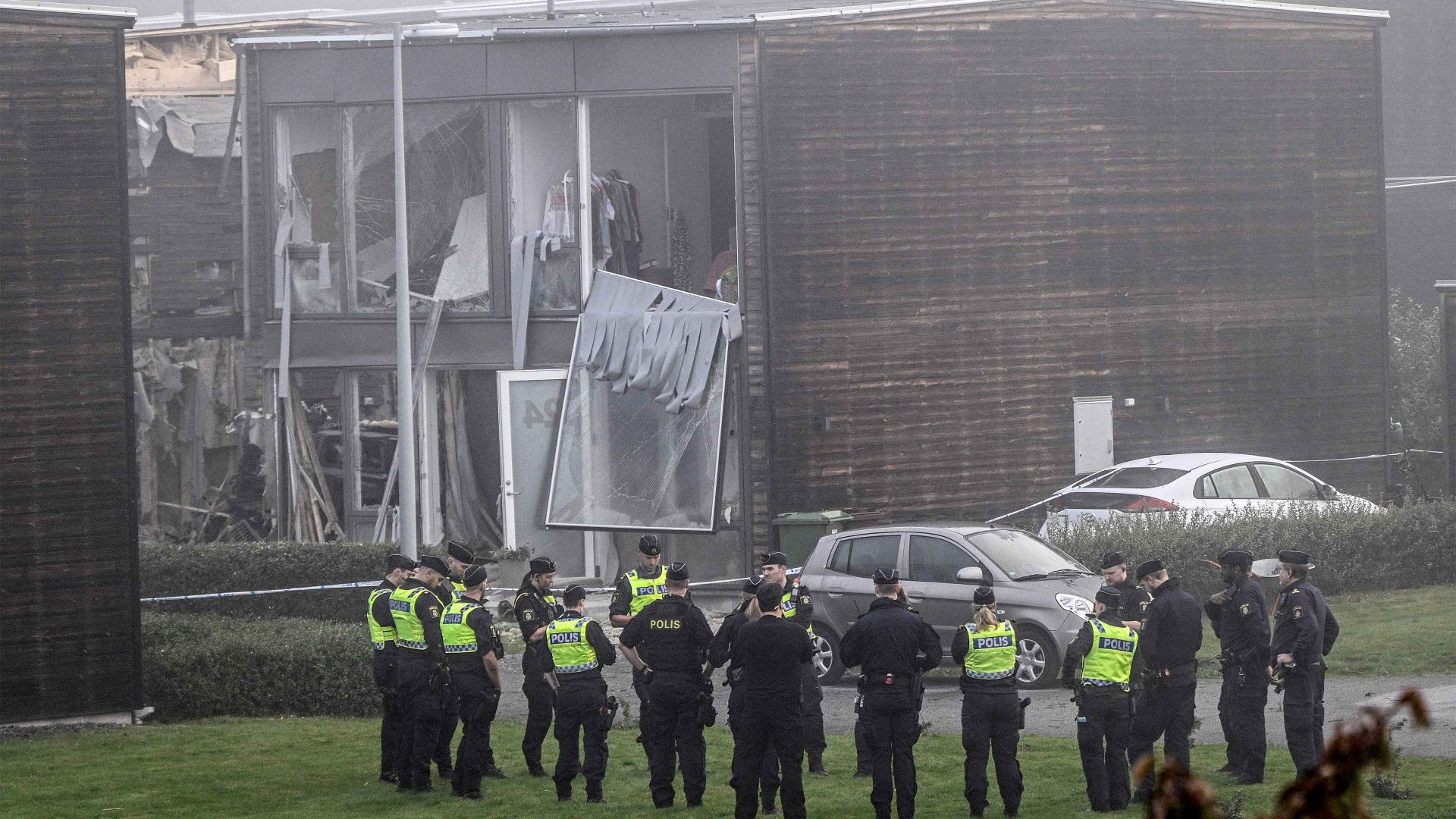Delivery trucks tear along a dusty dual carriageway lined with garage workshops and furniture showrooms in inland Castellón. It is humid, and the sky threatens a storm with a block of cloud the colour of dirty bath water. A couple of kilometres later, a left turn takes you up a steep hill, and the town of Geldo comes slowly into view.
Apartment blocks bulge from the land, and solitary whitewashed houses are wedged into the hills like teeth. Descending into town, there’s little sign of life apart from a radio mumbling down an alleyway, and the old men snoozing in chairs on street corners, the pinafore-clad abuelas sweeping their doorsteps. “Buenos días,” they say suspiciously, unsure what to make of such an obvious outsider. There aren’t many outsiders in Geldo, but then there aren’t many Geldanos either.
Walking around, the streets are still and silent, save the ringing of church bells and the beeping of a truck making its rounds through the town, slowing to ease around corners with rattling bottles of butane stacked on its back. A goat bleats. A gecko scurries across a bakery wall.
With just 643 official residents, Geldo is one of 178 municipalities in the region considered at risk of depopulation by the Generalitat Valenciana. In some parts of Spain, particularly the northern regions of Aragón, La Rioja, and Castilla y León, political parties have sprung up to try to give these towns a voice at the legislative level. Collectively they are known as España vaciada – empty Spain.
In Valencia, the Agenda Valenciana Antidespoblamiento (Avant) is trying to confront the issue of dwindling village populations. Earlier in the year it opened a caravan car park in Geldo to attract passing tourists, and the local government has drafted an agenda to help tackle the problem. The town has begun offering housing and employment incentives for newcomers, and was also made a regional cultural capital for 2023 – apartment blocks are covered in murals.
Locals come and go from a bar in the main square, one of two in town. The waitress serves a tray of cañas to men on the terrace and sits down to join them. Every neighbour passing through the square is greeted, every face familiar. Inside, one 63-year-old local, who prefers not to give his name (“I don’t want to get into trouble,” he explains, raising an eyebrow) sits at the bar. “My parents, my grandparents, my great-grandparents,” he says, “they were all from here.”
The population of Geldo peaked in 1930 with 953 official residents and, aside from a slight recovery in the early 1980s, it has been slowly dwindling ever since. “Recently it has gone up,” the man says hopefully, explaining that in recent years foreigners, mainly Moroccan and Romanian families, have settled in town. “Now there’s a lot,” he adds.
There was a shoe factory in Geldo many years ago, he explains, “but now there’s nothing”. He talks of nearby Segorbe, a town of roughly 9,000 with a train station, as if it is a metropolis. One practical issue that affects many towns at risk of depopulation in Spain is a lack of services. Banks, in particular, can be hard to come by. Asked if there are any cashpoints in town, the man shakes his head. “There were,” he says, “but now there’s only one in the town hall… [and] it’s inside, it isn’t outside.”
A man arrives, greets everyone individually, and plonks himself down in front of the fruit machine. It fizzes and whirs into life, lights dancing across his face. Outside, locals pass through the square with handfuls of post and loaves of bread. Most are older. “There are very few young people here,” the man says. But he understands why: “People who are working have to find their lane.”
Slowly the clouds begin to part. Rays of sunlight fill the square, working their way through the alleys and out of town, eventually lighting the mountain ridges in the distance.
“It doesn’t have much,” the man says, ordering another beer, “but it’s beautiful.”



